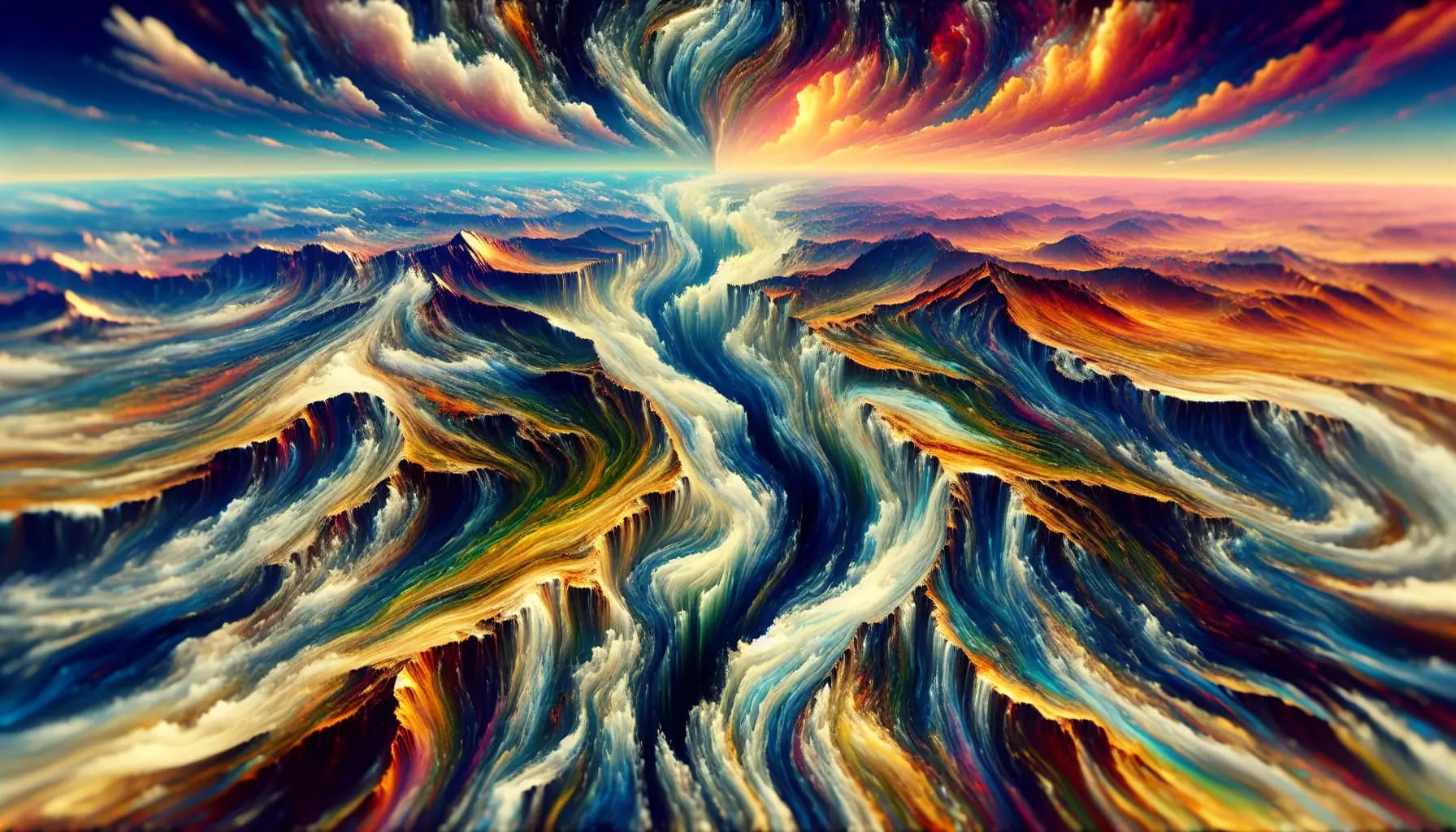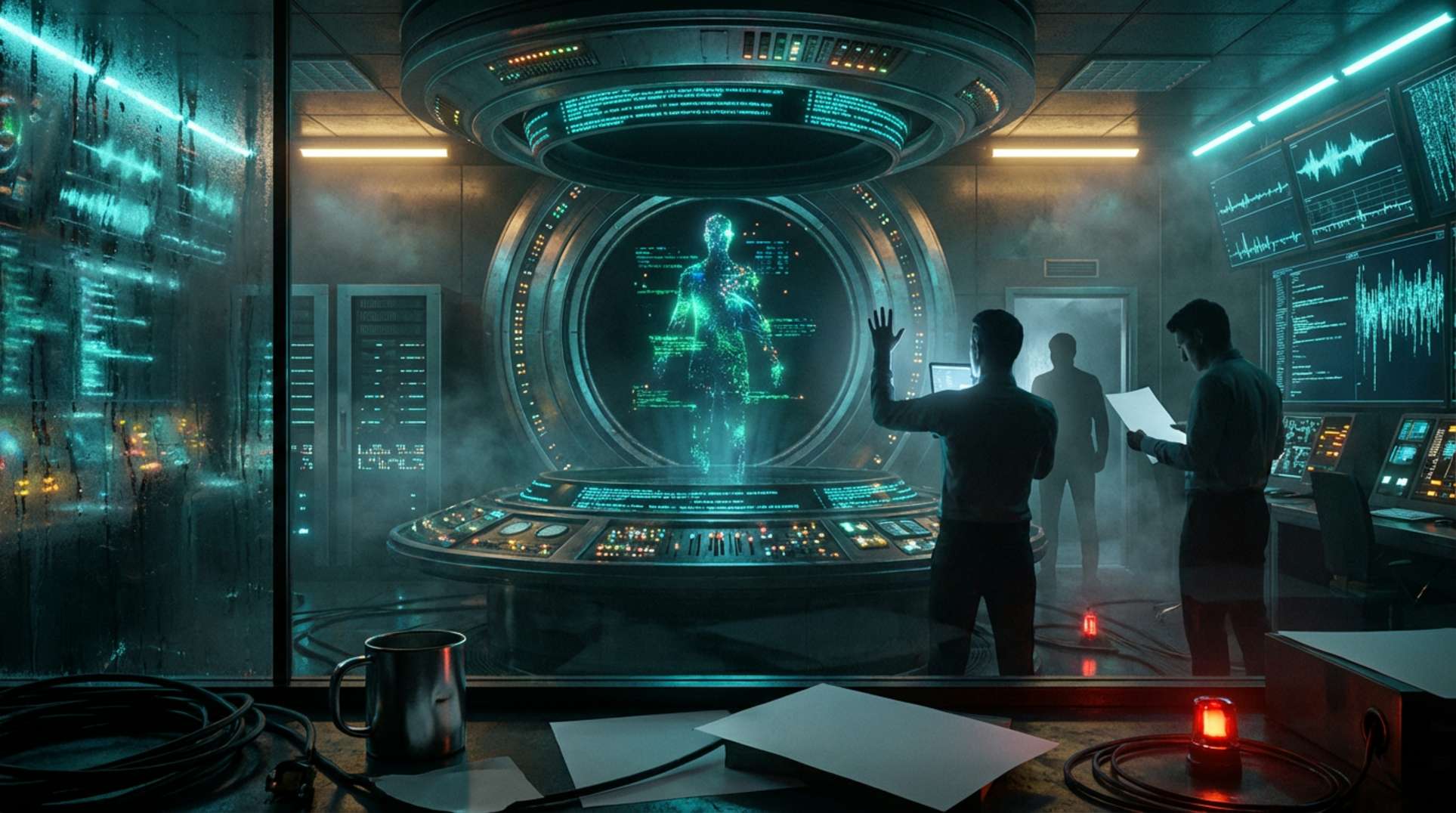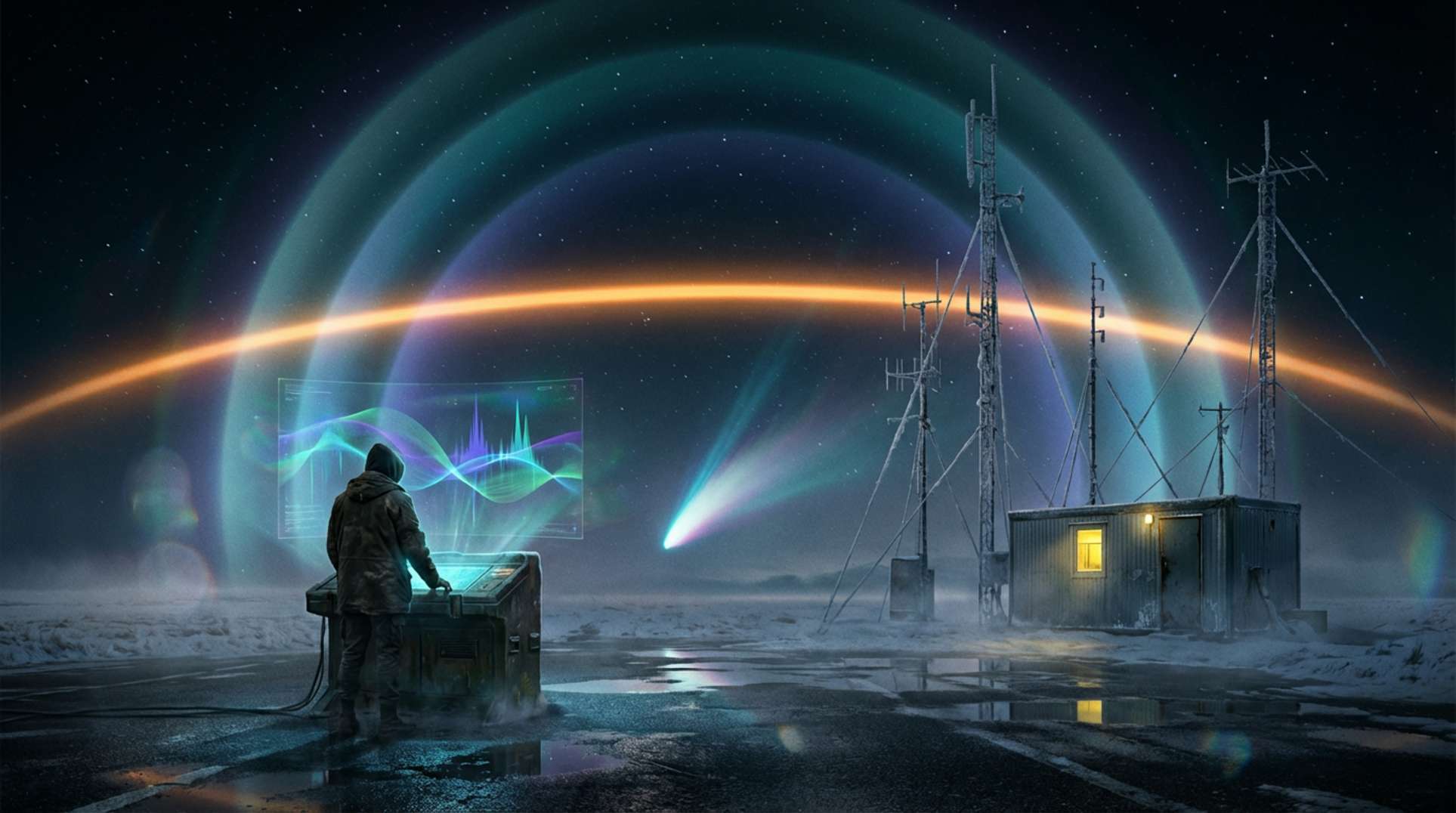The Earth’s Crust: A Look Beneath the Surface
The Earth’s crust, our planet’s outer shell, is home to vast geological wonders and complex processes. Recent studies show that this crucial layer is not as stable as once thought. Scientists have discovered that the Earth’s crust is slowly breaking apart, leading to significant geological shifts.
Tectonic plates, the massive slabs that form the Earth’s surface, are constantly in motion. This movement is not only fascinating but also fundamental to understanding how continents and oceans evolve over millions of years. As these plates shift and crack, they reshape the landscapes we inhabit and can even initiate new geological formations.
What Causes the Crust to Break Apart?
One of the driving forces behind these changes is tectonic activity. For instance, a recent study highlights that beneath California, significant portions of the Earth’s crust are peeling away. This could lead to exciting yet unpredictable results in the realm of geology.
In 2014, geologists uncovered evidence that ancient cratons—stable sections of the Earth’s crust—are not as indestructible as previously believed. Researchers found that some cratons have lost parts of their roots due to various geological processes, suggesting these ancient structures could become less stable over time.
To further understand this phenomenon, scientists analyzed the North China Craton (NCC). They identified a process termed decratonization, a term that denotes the breaking down of these ancient landmasses. Understanding this process is crucial, given that similar changes could occur across cratons worldwide, including in North America and Australia.
The Implications of Crust Changes
As tectonic shifts continue, the implications for global geography are profound. Notably, the process could gradually shape the positions of continents and their relationships with ocean basins. Understanding these shifts is essential for comprehending our planet’s geological future.
For example, scientists have recently suggested that new continents could emerge over millions of years. Some regions, such as the hidden continent of Zealandia, have already transitioned from submerged terrain to being recognized as a continent. This discovery not only reshapes our maps but also our understanding of continental formation.
Evidence from the Past
Investigating past geological formations provides hints about future shifts. Researchers studying Zealandia discovered it broke away from the supercontinent Gondwana around 85 million years ago. Such historic events serve as the foundation for today’s changing landscapes.
The impact of these tectonic forces reaches even to regions like Southern Europe. Here, the lost continent known as Greater Adria gradually sunk beneath the land we now recognize as Italy and the Balkans approximately 100 million years ago, indicating how dramatic geological transformations can unfold over time.
Looking Forward: The Future of the Earth’s Crust
As we look at the current state of our planet, it’s clear that while the changes may be gradual, they are ever-present. The Earth is not a fixed realm; rather, it is a dynamic entity, constantly reshaping itself. For more insights about unexplained phenomena surrounding geological mysteries, check out this article on unexplained phenomena.
This ongoing research into the Earth’s crust reveals that there is so much left to learn, and it could lead to newfound understanding about the very nature of our planet. To dive deeper into fascinating stories about the unknown, visit Unexplained.co where exploration continues beyond conventional knowledge.





